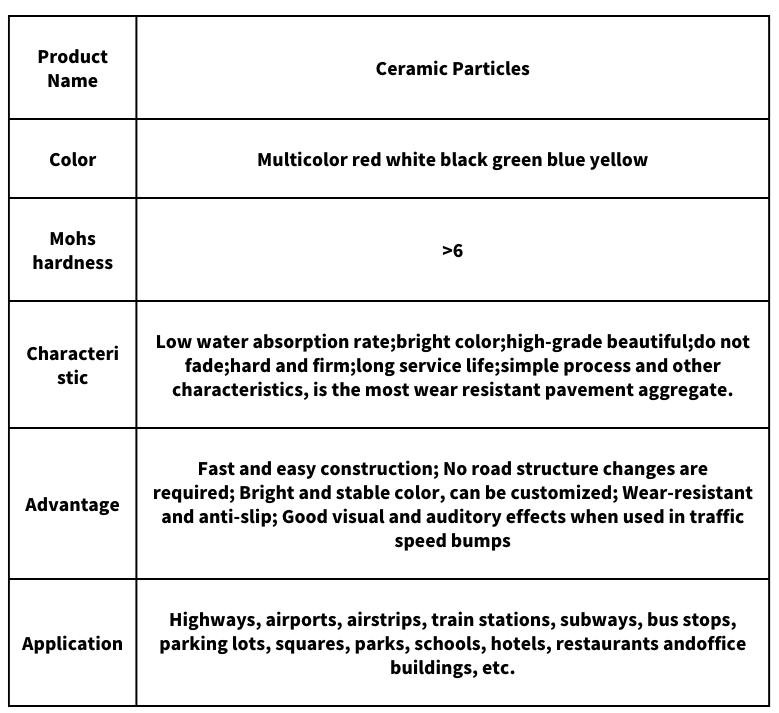
Using Perlite for Optimal Incubation Results in Hatching Success
The Role of Perlite in Incubation A Comprehensive Overview
Incubation is a critical phase in various fields, particularly in agriculture, horticulture, and aquaculture, where optimal conditions are necessary for the successful development of seeds and embryos. Among the many substrates used to cultivate plants and rear aquatic species, perlite has emerged as an indispensable component due to its unique properties. This article explores the significance of perlite, its benefits in incubation, and best practices for its use.
Perlite is a naturally occurring volcanic glass that, when heated to high temperatures, expands and becomes a lightweight, porous material. This expansion creates a structure that is not only capable of retaining moisture but also allows for excellent aeration and drainage. These properties make perlite an ideal medium for incubation purposes.
Benefits of Perlite in Incubation
1. Moisture Retention One of the most significant advantages of perlite is its ability to retain moisture without becoming waterlogged. This characteristic is particularly important during incubation, as eggs or seeds require a consistent level of moisture to develop properly. Perlite can hold water while providing a well-aerated environment, essential for germination and growth.
2. Aeration The porous nature of perlite ensures that air can circulate freely around the seeds or eggs. This aeration is critical for the exchange of gases, allowing oxygen to penetrate the medium while expelling excess carbon dioxide, thus creating a healthier environment for growth.
3. pH Neutrality Perlite is chemically inert and maintains a neutral pH level, which prevents it from reacting with other nutrients or substances in the incubation medium. This neutrality ensures that the medium does not alter the chemical balance required for seeds’ germination and development or the health of embryos.
4. Temperature Regulation The thermal properties of perlite can help maintain stable temperatures in the incubation environment. Its insulating properties minimize temperature fluctuations, providing a more consistent atmosphere for the developing seeds or embryos.
5. Disease Resistance Perlite is resistant to mold, bacteria, and other pathogens that can compromise the incubation process. Its sterile nature makes it an excellent choice for incubating eggs or seeds, reducing the risk of disease that could jeopardize development.
perlite for incubation

Best Practices for Using Perlite in Incubation
To optimize the use of perlite in incubation, consider the following best practices
1. Hydration Before using perlite, it is essential to hydrate it adequately. Soaking perlite in water allows it to absorb moisture, which is crucial for providing the necessary humidity levels during incubation.
2. Mixing with Other Media While perlite can be used alone, mixing it with other growing media, such as peat moss or coconut coir, can enhance its properties. The combination can improve moisture retention while maintaining aeration, creating a more balanced medium for different types of seeds and embryos.
3. Layering Technique For certain incubation processes, layering perlite with another medium can be beneficial. For example, placing a layer of perlite beneath a top layer of soil can ensure that excess water drains away while still providing moisture for the upper layer.
4. Regular Monitoring It is crucial to monitor the moisture levels within the perlite medium during incubation. Maintaining proper humidity levels will contribute to successful germination and development, so regular checks and adjustments may be necessary.
5. Cleaning and Sterilization To ensure the best outcomes, particularly when reusing perlite, it is important to clean and sterilize it between uses. This practice helps to eliminate any pathogens or residues that could affect the next crop or batch of embryos.
Conclusion
In summary, perlite is a highly effective medium for incubation, offering advantages such as moisture retention, aeration, pH neutrality, temperature regulation, and disease resistance. By following best practices, users can harness the full potential of perlite to enhance germination rates and support the healthy development of seeds and embryos. As the importance of sustainable and efficient agricultural practices continues to grow, perlite remains a valuable resource for both commercial and home-based incubation endeavors.
Share
-
Premium Resin Coated Sand - High Heat Resistance CastingNewsJul.31,2025
-
High Quality Silicon Carbide Grit for Abrasive ApplicationsNewsJul.30,2025
-
High-Quality Ceramsite for Plants & Gardening | Lightweight PebblesNewsJul.29,2025
-
Premium Burgundy Glass Marbles for Vases & Shooter GamesNewsJul.29,2025
-
High Purity Quartz Sand for Industrial and Ground ApplicationsNewsJul.29,2025
-
High-Quality Barite Powder for Drilling & Industrial UseNewsJul.29,2025






